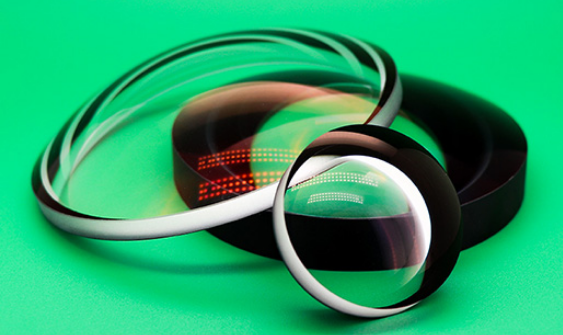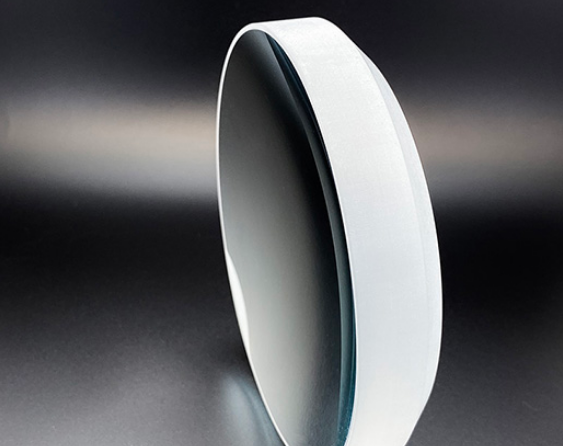How Optical Lenses are used in Precision Applications
Nov. 24, 2023
At its core, optical lenses are relatively straightforward devices. They're transparent tools that manipulate light by either converging it to a focal point or causing it to diverge, depending on the intended outcome. These lenses can be singular or composed of multiple elements working together to achieve the desired effect.
Commonly, optical lenses fall into two categories: convex and concave. Convex lenses focus incoming light to a point, while concave lenses scatter or diverge light passing through them.
At CLZ Optical Co., Ltd., we have the capability to manufacture specific convex or concave lenses tailored to required transmission rates and materials for precise focal lengths. These optical lenses find applications across various sectors including science, medicine, imaging, defense, and industry.
Fused silica lenses for F-Theta Lenses
Optical Lenses in Precision Applications
Optical lenses serve a multitude of functions in precision applications. They are pivotal in focusing light and images, magnifying objects, rectifying optical aberrations, and controlling the focus or dispersion of light in instruments, microscopy, and laser applications.
These lenses find diverse applications across various sectors such as science, medicine, imaging, defense, and industry. For instance:
- In astronomy and satellite technology, optical lenses must ensure extreme uniformity and minimal variation in refractive index.
- Projector lenses demand high-performance attributes, delivering exceptional transmittance while minimizing divergence and refraction.
- Optical lenses are indispensable components in various medical instruments including microscopes, endoscopes, and ophthalmic devices, playing crucial roles in imaging systems, sensors, and lasers.
This article will explore the versatile uses of optical lenses across different sectors. The wide array of industries leveraging optical lenses highlights their adaptability and flexibility. Here are a few examples showcasing their diverse applications.
Astronomy and Satellites
In astronomical and satellite applications, optical lenses play a critical role by requiring extreme uniformity and minimal refractive index variation. Modern satellite systems extensively utilize optically-based imaging, communication, and remote sensing systems for earth-to-satellite and satellite-to-satellite communications.
These systems rely on high-precision optical components like lasers, modulators, LEDs, and detection systems, all of which depend on top-quality optical lenses to function effectively across vast distances and sometimes harsh environments.
Projectors
Optical lenses in projectors serve as high-performance elements, offering exceptional light transmittance while minimizing divergence and refraction. This becomes crucial, especially in projectors delivering ultra HD imagery on a large scale. Such projectors demand multiple optical lenses manufactured with utmost quality and consistency to ensure superior performance.
Cameras and Mobile Phones
Modern smartphones, even the most basic ones, are equipped with high-quality cameras. Frequently, these cameras serve as the primary distinguishing feature among various smartphone models or brands. The optical lenses integrated into such phones must maintain high quality while being small and lightweight.
Many of these optical lenses are aspherical, meticulously shaped to minimize or eradicate flaws like field curvature and chromatic aberrations. This precision molding ensures optimal performance without compromising quality, meeting the demands of compact and efficient smartphone designs.
Biotechnology
Biotechnology encompasses various sectors that rely on equipment utilizing highly precise optical lenses. Bio-optics, within this realm, involves instruments like microscopes—specifically specialized multi-photon and confocal microscopes—demanding meticulously crafted optical lenses manufactured to incredibly precise standards.
These lenses need to be exceptionally compact for practical utility.
Bio-optical imaging is often integrated with other technologies to provide solutions such as monitoring water quality for households, ensuring the safety of donated blood for transfusions, and aiding in diagnosing various cancers and other medical conditions.
Environmental Monitoring
The pressing concern of climate change has underscored the significance of environmental monitoring. Optical lenses serve as integral components in equipment aimed at monitoring and tracking environmental data, facilitating easier measurement and mitigation of climate change effects. This includes equipment designed for measuring:
- Sunlight intensity
- Contaminants like aerosols, trace gases, and particulates
- Levels of air pollution
- Presence of pollutants in liquid or solid form in water bodies
- Emissions from specific facilities
- Presence of hazardous materials in the environment
Medicine
Optical lenses hold a pivotal role in a broad spectrum of optical instruments employed across medical practices, ranging from imaging systems to sensors and lasers. Notable applications include microscopes, endoscopes, and ophthalmic devices. Across these varied instruments, the emphasis lies in demanding high-precision solutions tailored for specific medical uses and environments.
For instance, optical lenses utilized in endoscopes must not only deliver highly precise images to the attending physician but also remain compact for practical use and durable enough to withstand rigorous sterilization procedures. Systems or devices within the medical realm utilizing optical lenses encompass:
- Sensors integrated into monitors
- Various equipment like laryngoscopes, endoscopes, and laparoscopes
- Optical systems employed in surgeries, such as micro-cameras
- Medical lasers
- Fluorescence imaging systems
Stock and Custom Optical Components
We supply a range of Optical Lenses from stock made from materials including Fused Quartz, Fused Silica, Optical glasses, UV and IR crystals and plastic optically moulded to order. To find out more about lenses from CLZ Optical, please click on the image below to get a free quote:























